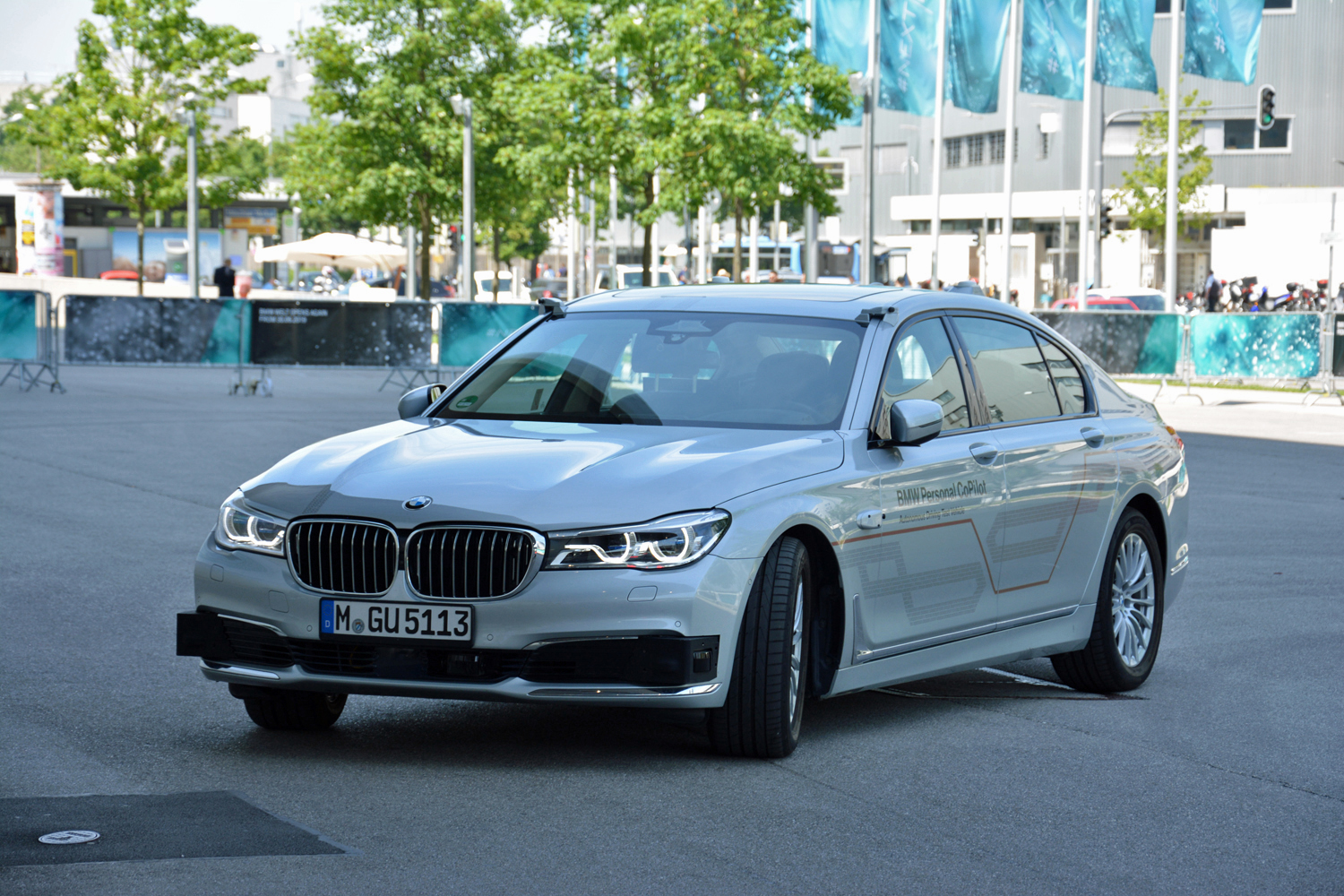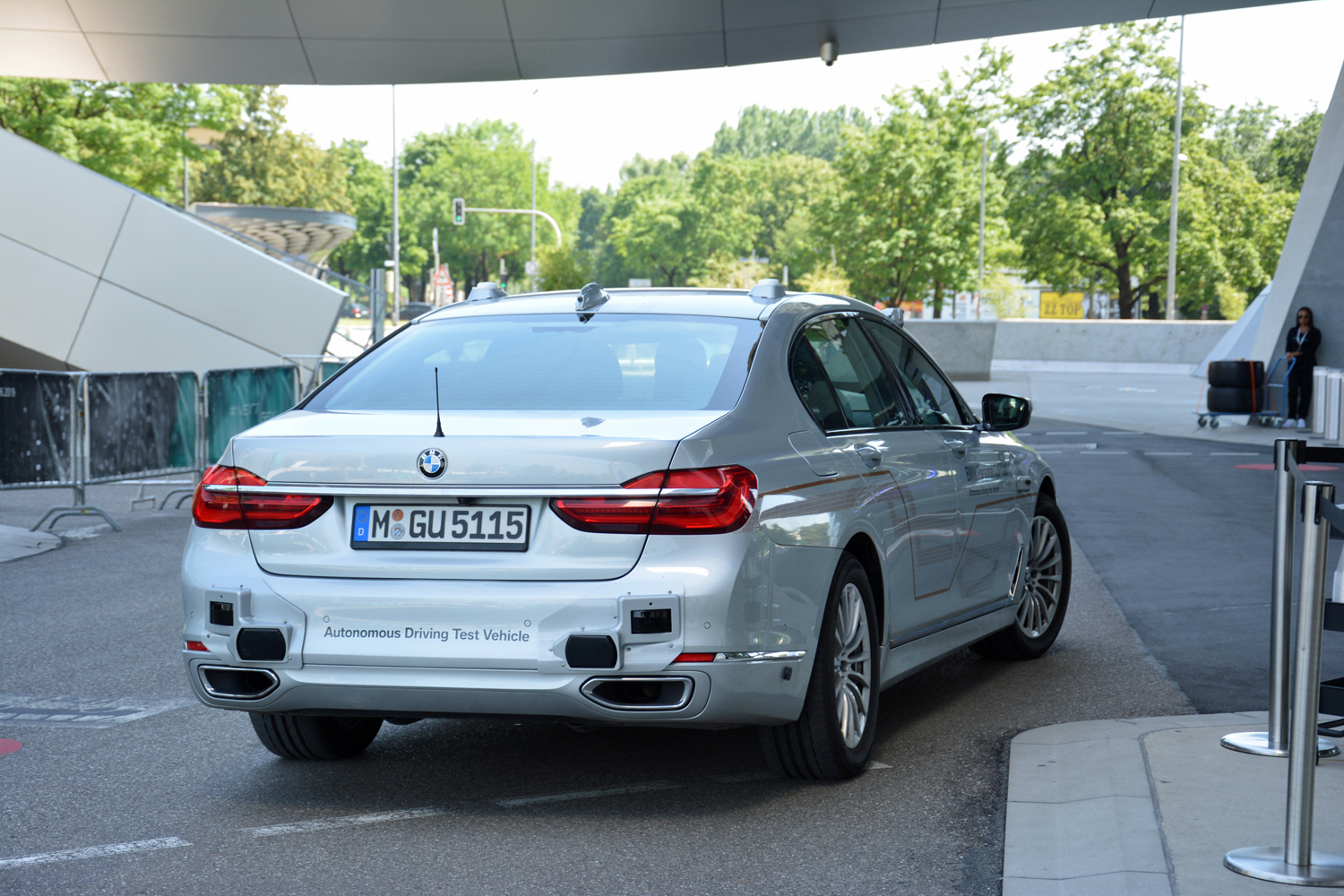Drawing a BMW isn’t as straightforward as it once was.
The company’s stylists need to preserve 92 years of car-building heritage while continuing to move its design language forward, and now there’s a new challenge: adapting it to new technologies like electrification and different levels of computer-aided driving. At least 12 of the models it will launch by 2023 will be entirely electric, including a variant of the next-generation 7 Series, but batteries aren’t keeping Domagoj Dukec, the firm’s head of design, up at night. The much taller hurdle is autonomous driving.
“Electrification doesn’t have a very big impact on how you design a car. The sensors needed for autonomous driving have a bigger influence [on the design process],” he told Digital Trends. Driving through Silicon Valley illustrates his point. On one hand, battery technology gives designers the freedom to experiment with new shapes and styles because a motor is more compact than a comparable four-, six-, or eight-cylinder engine. On the other hand, the countless driverless prototypes lugging more computing power than a 747 look like four-wheeled Dalmatians. Why is that?
Leveling up
Integrating hardware in a neat and elegant manner gets more difficult as companies move up on the automation scale. Level three technology, which corresponds to a system that lets drivers take their eyes off the road in certain conditions, requires a lidar BMW can integrate into its twin-kidney grille and sensors it can hide behind painted surfaces. It’s relatively discreet; you might not know the technology is there if you see the car from 100 yards away.
The number of sensors needed to power a level four system, which automates driving most of the time, is multiplied by two or three, and some can’t be easily hidden. The car has to know exactly what’s around it at all times, figure out how it’s going to get around a parked delivery van, tell the difference between a dog and a traffic cone, and learn new tricks on-the-fly. Wrapping this technology in a marketable package is certainly feasible, but it adds cost to a technology that, while not available commercially in 2020, promises to be extremely expensive when it arrives.
Will customers bite? That’s one of the important questions Dukec and his team want to answer.
“How many people will go for it? And, will they be willing to make a compromise on design? For 100,000 euros, do you buy a car for its design, or because you can drive fully autonomously in certain circumstances? This is still something we don’t know,” he told me.
Uncertainty has never stopped BMW from blazing a new path; take a look at the i3, which made its debut before electric cars were cool and government-mandated, if you don’t believe me. Its engineers are busily developing level three and level four technology, I took a ride in one of its 7 Series-based prototypes (shown above) in 2019, and Dukec’s team of designers will decide the best way to integrate the required hardware when the time comes.
Time is on the company’s side. The production version of the electric iNext concept is expected to make its debut before the end of 2020. It will be optionally available with level three technology (the type that’s easy to integrate) thanks in part to an in-car 5G connection that Samsung is helping BMW embed into its cars. Engineers will use the yet-unnamed SUV as a test mule to put level four technology through its paces, but the feature isn’t expected to end up in customer hands until much later in the 2020s. By then, the technology will have undoubtedly advanced, and it might be easier to integrate in a clean, seamless fashion. Dukec and his team are already working on it.
“We have found some solutions where we can live with it, though it, of course, has an effect on the design. Nobody can predict the future. We are prepared for it, but we have to see how all these things are going to unfold,” he concluded.
Editors' Recommendations
- Fake engine noises in electric cars need to die
- 2024 Dodge Charger Daytona reinvents the muscle car for the EV era
- Some on Apple’s failed car project reportedly had a cruel name for it
- GM to cut funding for beleaguered driverless startup Cruise, report claims
- How to watch Tesla’s Cybertruck delivery event today










